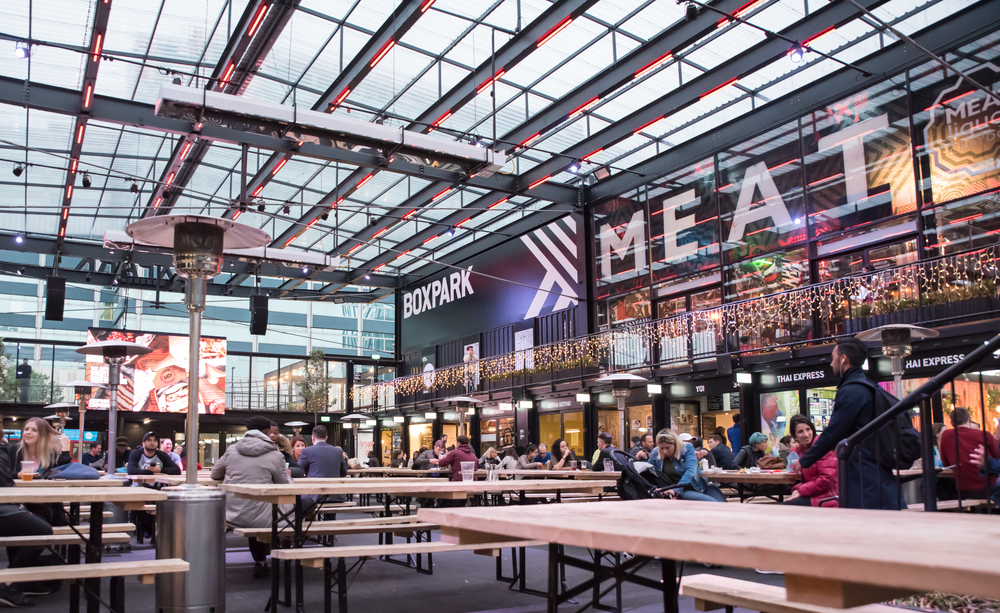Luxury Brands Pop-Up Everywhere!

Pop-up stores are a great way to test a market and a demographic before committing to a longer lease. Recently, there has been a lot of luxury pop-ups appearing, delivering exciting experiences and the limited presence of the store has really created an exclusive feel – perfect for a luxury brand.
Many of the more high-end pop-ups are offering limited edition items generating a sense of urgency, driving footfall and a buzz surrounding the pop-up and destination in which it is located. Permanent tenants in the destination may feel a threat if the pop-up is of a similar product, however, with strategic positioning, brand choosing and unit creation from commercialisation teams, pop-ups can drive high levels of footfall for the current tenants to benefit from, increasing sales across a scheme.
Creating a pop-up unit with a unique layout or interesting offering, often makes the product or experience ‘sharable’. This means, that brands can generate brand awareness through consumers sharing photos and comments on social media, reaching a much wider audience. Examples of this include Kanye West’s and Marc Jacob’s campaigns.
Kanye West launched 21 pop-ups worldwide with the commercialisation business, Appear Here, to sell his Life of Pablo tour merchandise. This commercialisation campaign generated significant online awareness through millions of consumers sharing their experience through social media channels.
Marc Jacob’s “Daisy Tweet Shop” campaign launched in New York Fashion week in 2014, mixing commercialisation with social marketing. They created an experiential pop-up space which sold Daisy Marc Jacobs items in exchange for tweets. This concept generated millions of online impressions, over 400 pieces of press coverage and thousands of user-generated content.
Pop-ups deliver the opportunity to capitalize on a specific season or event. The Kingsman and Mr Porter pop-up shop in Piccadilly is a great example of this. Mr Porter used the opportunity to profit from the fans while there was still hype around the movie and the style in which the character’s dressed. The pop-up was a real experience, allowing consumers to buy products and be in a store which felt like the movie – building brand awareness and a shareable experience.
Luxury F&B brands are not missing the pop-up trend either! Shepherd Neame created a pop-up store at Bluewater including a VR experience to showcase their brand, their first ever cider and new premium lager. The Chapel Down also did a pop-up at Bluewater before Christmas, showcasing their complete range of wines, beers and spirits, as well as exclusive products, such as Magnum and Jeroboam bottles, and a range of gifts. Both of these pop-ups were about drawing attention to their products, interacting with consumers on a personal level and delivering an experience.
It’s not just shopping centres, luxury brands are also looking at airports for pop-up shops. Airport retail can create a sense of exclusivity with only the passengers passing through having the opportunity to purchase these products as they could only be available at the airport. Another advantage of being located in an airport is the opportunity to offer a discount through duty-free without damaging the luxury image of the brand, which also encourages passengers to make a purchase using the opportunity of the reduced price!
Experiential pop-ups seem to be a core element of a luxury brand’s strategy when launching a new product. The flexibility of location and time-scale give brands the opportunity reach new customers as well as their target audience, bringing an experience and demonstrating the brand to a wide audience.
